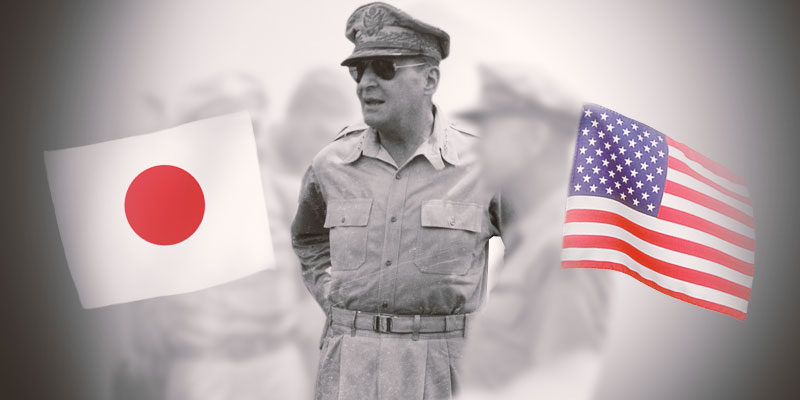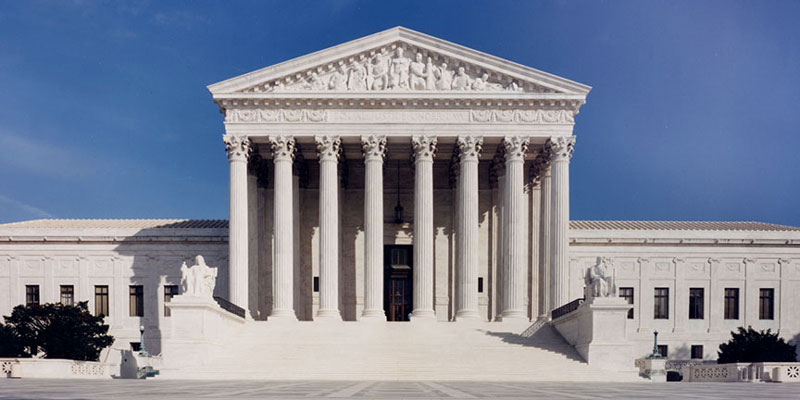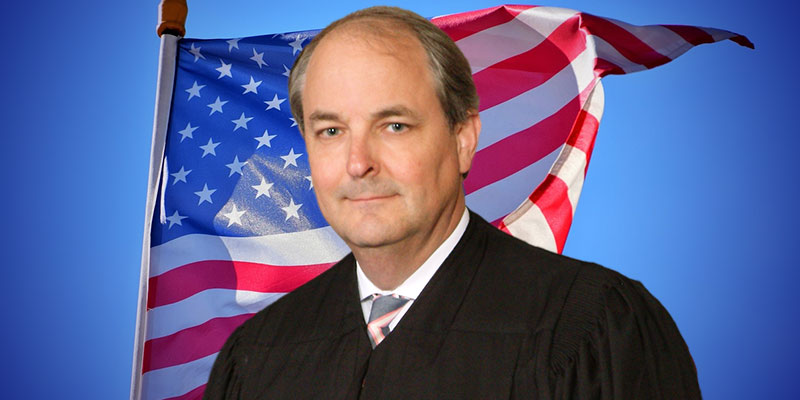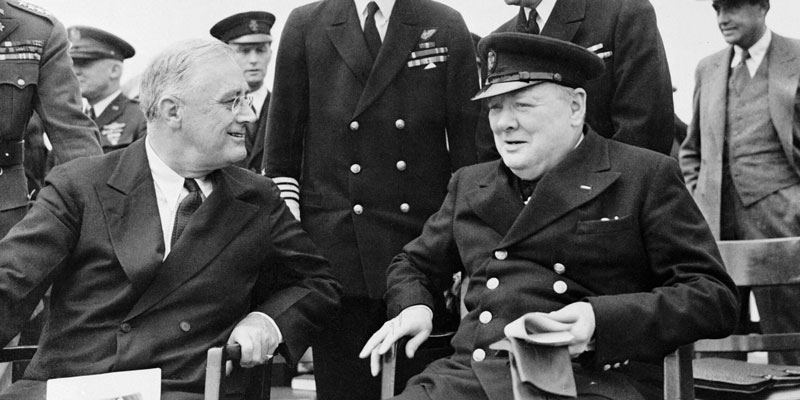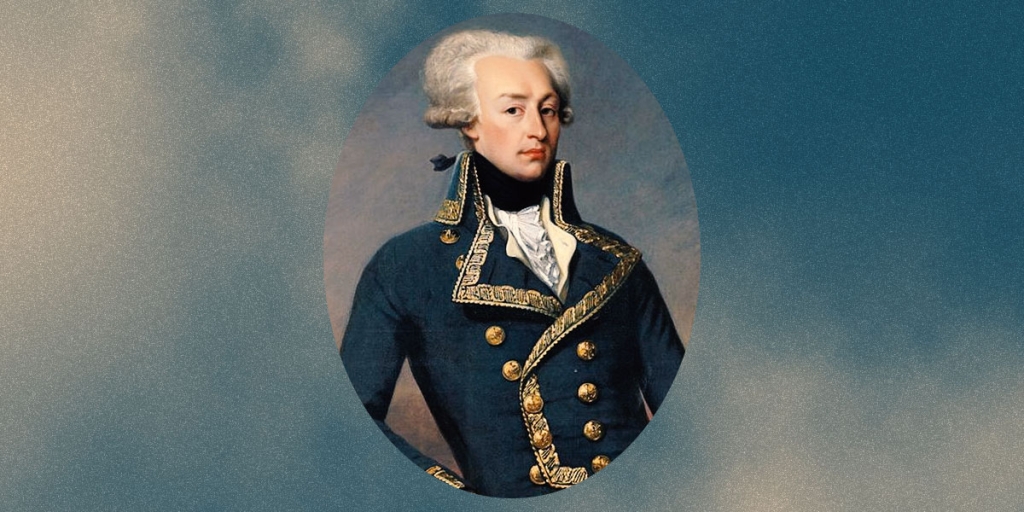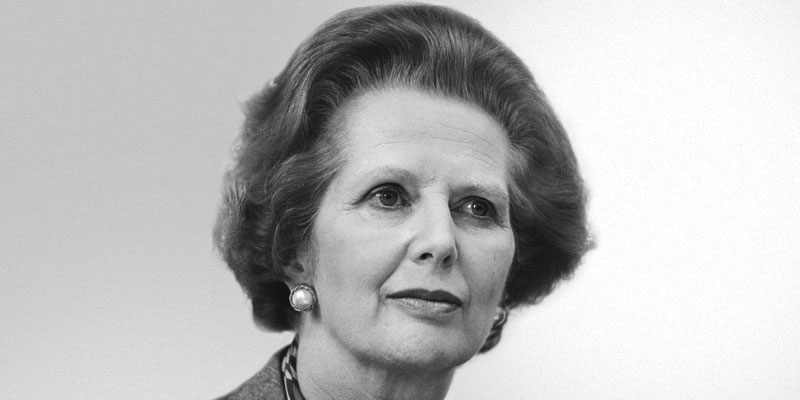Seventy-five years ago today, World War II officially ended. After six years of global conflagration, the guns fell silent and the lights, a barometer of civilization, began to once again chase the darkness from the world.
The war left Europe decimated with 60 million people dead and the islands of Japan smoldering piles of rubble and ash. Although victory in Europe had been secured four months earlier in May, it took the horrific devastation of two atomic bombs to convince the Japanese that continued resistance was futile. In the years that immediately followed, the American occupiers punished Japanese war criminals while exercising restraint not to humiliate or dishonor the Japanese people. Perhaps the finest moment in the United States’ ascension to superpower status was its treatment of the vanquished Empire of Japan. The plan to occupy, restore, and rehabilitate Japan transformed the nation from fierce enemy to valuable ally.
The occupation of Japan contrasts sharply with the experience in Europe. There, Germany and its capital, Berlin, were divided among the four major Allied powers, with France, Britain and the United States overseeing West Germany and the Soviet Union controlling East Germany. This geographic and political division immediately set the stage for the Cold War.
In Japan, there was only one occupying power – the United States – and it gave near absolute authority to General Douglas MacArthur to organize and deploy a systematic plan to bring democracy to the Japanese people. Other allied nations attempted to insert themselves so as to influence Japan’s future, but MacArthur would have none of it. In fact, the Russians, who conveniently declared war on Japan less than a month before Japan surrendered, planned to invade Hokkaido, Japan’s northernmost and second-largest main island. Imprudently, Stalin notified President Truman of his intention, and Truman emphatically responded that all of mainland Japan would be placed under General MacArthur’s control. At the surrender ceremony in Tokyo Bay, MacArthur reportedly told a Soviet general that he would not tolerate a divided Japan and would use military force against any attempt to place Russian troops on Japanese soil. The Soviets backed down, and MacArthur proceeded to rebuild Japan completely free from Russian interference.
MacArthur approached his mission to win the peace in Japan with the same tenacity he exhibited when fighting the Japanese during the war. After securing for the Japanese people the basic necessities of food and shelter, he set about to secure their trust. To do so, he made the bold move of permitting Emperor Hirohito to remain the titular head of state. This did not sit well with a number of MacArthur’s contemporaries and allies, who viewed Hirohito as only a notch below Hitler on the evil-dictator scale. MacArthur understood that if the Emperor publicly approved of MacArthur’s plans, the Japanese people would acquiesce peacefully and without objection. An example of MacArthur’s keen understanding of Japanese culture, which revolved around shame and honor, took place when he allowed the Emperor, in his own time, to visit him and accord him the respect of a hereditary monarch. Such steps taken by MacArthur went a long way toward gaining trust and cooperation with the people of Japan.
MacArthur’s plan for post-war Japan stands in stark contrast to the treatment of Germany after World War I. Following the Treaty of Versailles, Germany was required to pay reparations amounting to $12.5 billion in today’s currency. The German economy was so weak that only a small percentage of reparations were ever paid, and what little was paid may have contributed to the hyperinflation Germany experienced in the 1920s. Having fought bravely in WWI, MacArthur learned many lessons from observing first-hand the failure of the Allied powers to enforce the treaty and secure lasting peace in Europe. Following Japan’s defeat in World War II, MacArthur refused to exact a crippling, retributive fine from the Japanese people to fund his plan to rebuild Japan. Instead, he tapped the United States Treasury to finance the occupation. Some 75 years hence, we can be proud that our policy was to rehabilitate and not humiliate. MacArthur wisely realized that Japan was an anchor in the Pacific and, as an ally, would be of great utility in providing stability to the region. What may have appeared as an excessively charitable approach toward conquered Japan at the time has proven incredibly prudent. The plan to forgive, rebuild, and democratize gained the United States a key ally in the Asia Pacific Rim.
MacArthur became a modern-day Moses, basically writing a constitution, encouraging collective bargaining and installing a market-driven economy to bring Japan’s industries to their pre-war production level. His Civil Liberties Directive is the clearest example of how radical his plan had to be in order to successfully transform Japan’s feudalistic society into one of democracy and liberty. This Directive lifted all restrictions on political, civil, and religious rights; political prisoners were freed and censorship of the press was abolished. MacArthur authorized free elections and not only gave women the right to vote but saw 38 women elected to the Diet, Japan’s equivalent to Congress. Up to that point in Japan, property rights were practically nonexistent. Most Japanese farmers worked under a system of virtual slavery, in which they were forbidden from purchasing their own land but were required to give a disproportionate amount of their crops to a small group of landowners. MacArthur extinguished this last vestige of feudalism by requiring the government to buy land at fair prices and then sell parcels to farmers on affordable terms. After the land reform program was fully implemented, nearly 90% of all farming land was owned by the people who lived on and cultivated it.
Seventy-five years ago, the mighty Japanese Empire, which initiated a war that killed millions of soldiers and civilians, was brought to heel and surrendered unconditionally on the deck of the USS Missouri in Tokyo Bay. From the ruins of total defeat began the process of total reconstruction. The United States, through the command of General MacArthur, guided the Japanese people as they beat their spears into plowshares and started down the path toward modernization and alliance with the West. Americans can be proud of the far-sighted policy of Gen. MacArthur who totally and unconditionally won the peace. When MacArthur left Japan, ordinary citizens spontaneously lined the route of his departure, most with thankful tears in their eyes for an American soldier who changed their country, secured their rights and gave them a stable constitutional government that stands today as the high mark of benevolent conquest.
Will Sellers is an Associate Justice on the Supreme Court of Alabama




